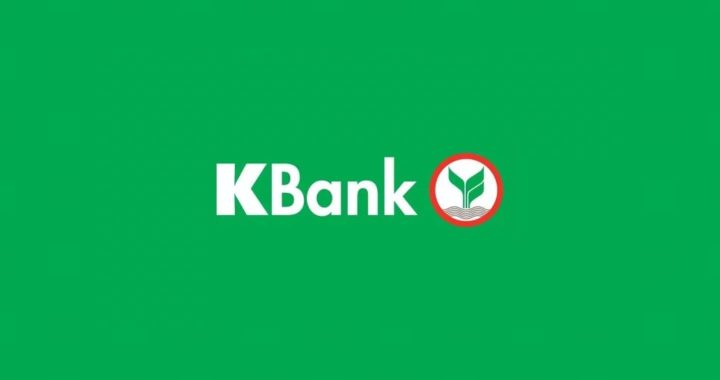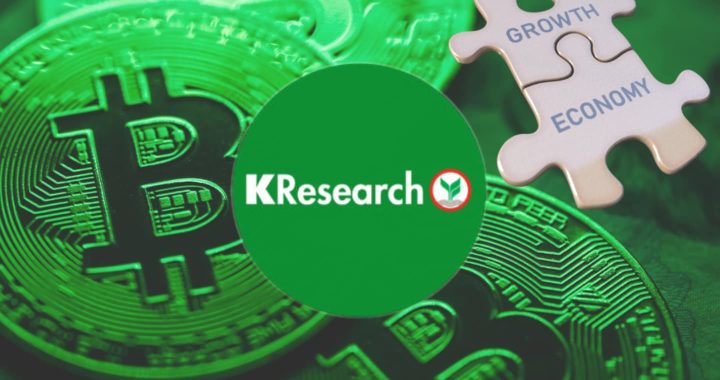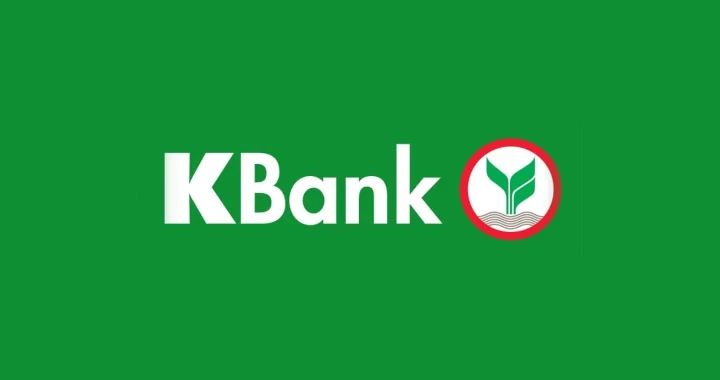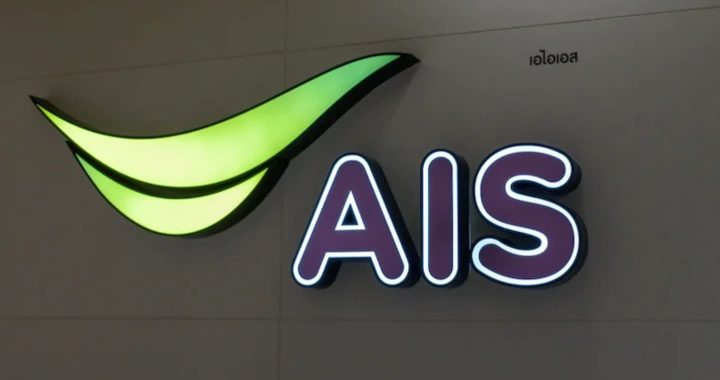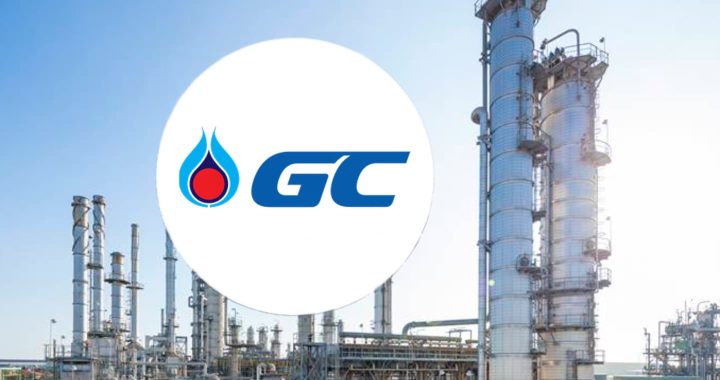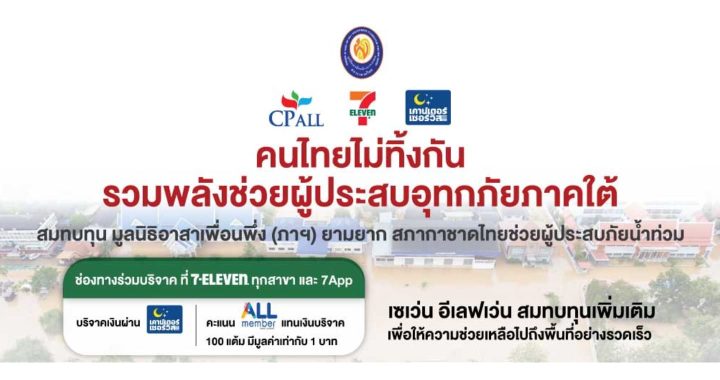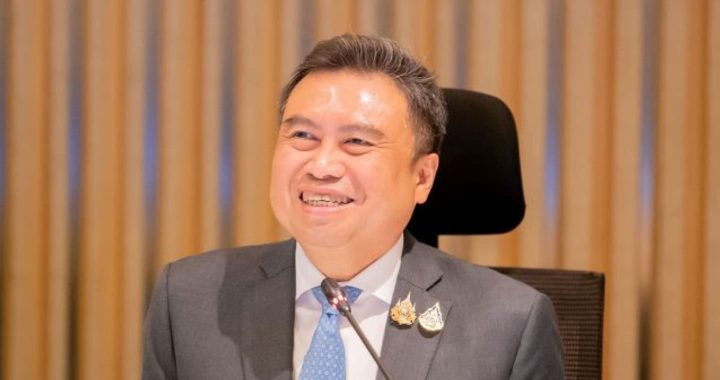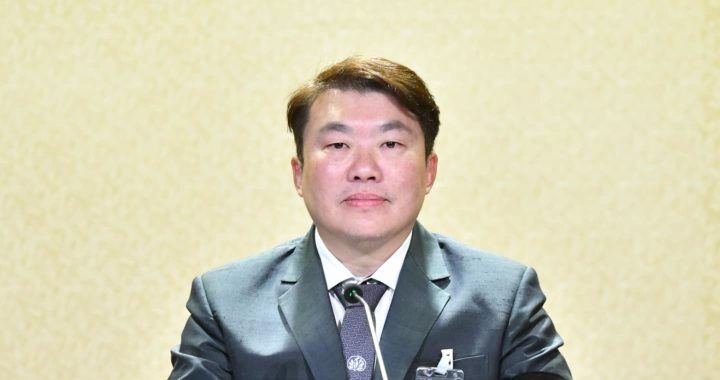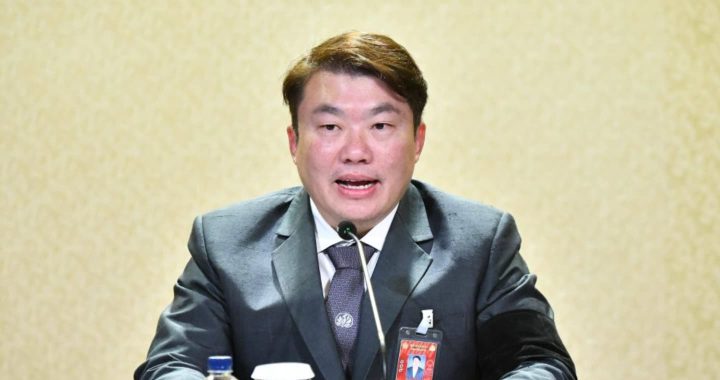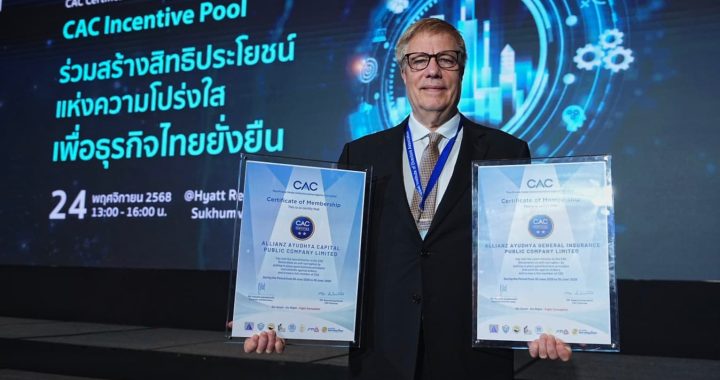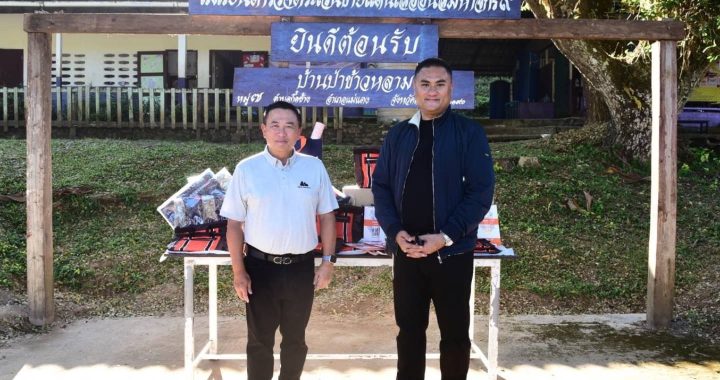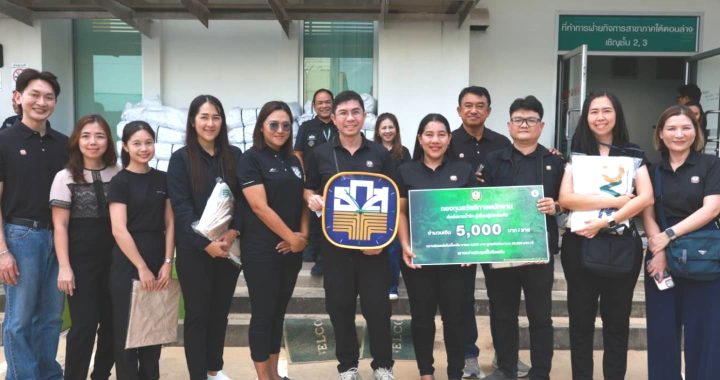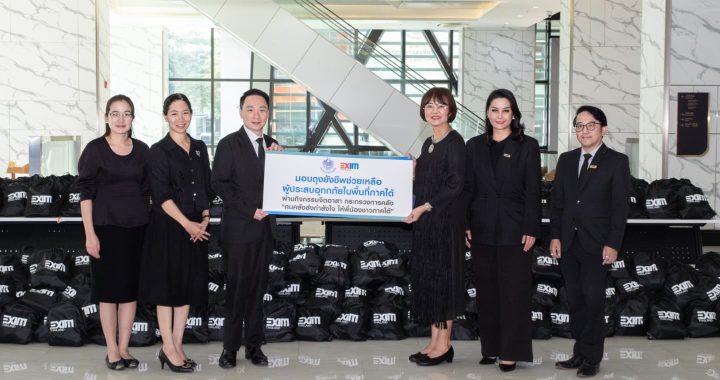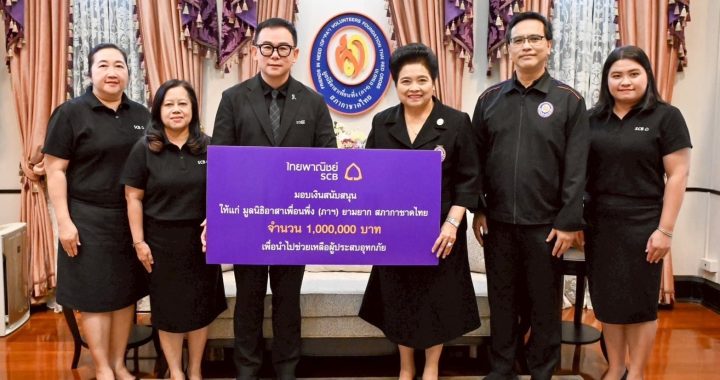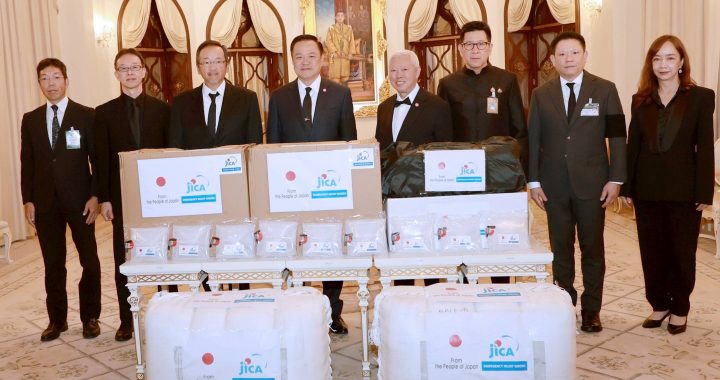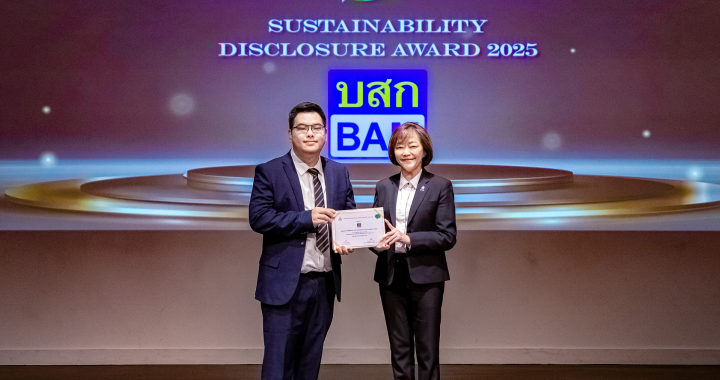KKP to diversify income sources, grow loans by 12%, expand wealth business through KKP Edge
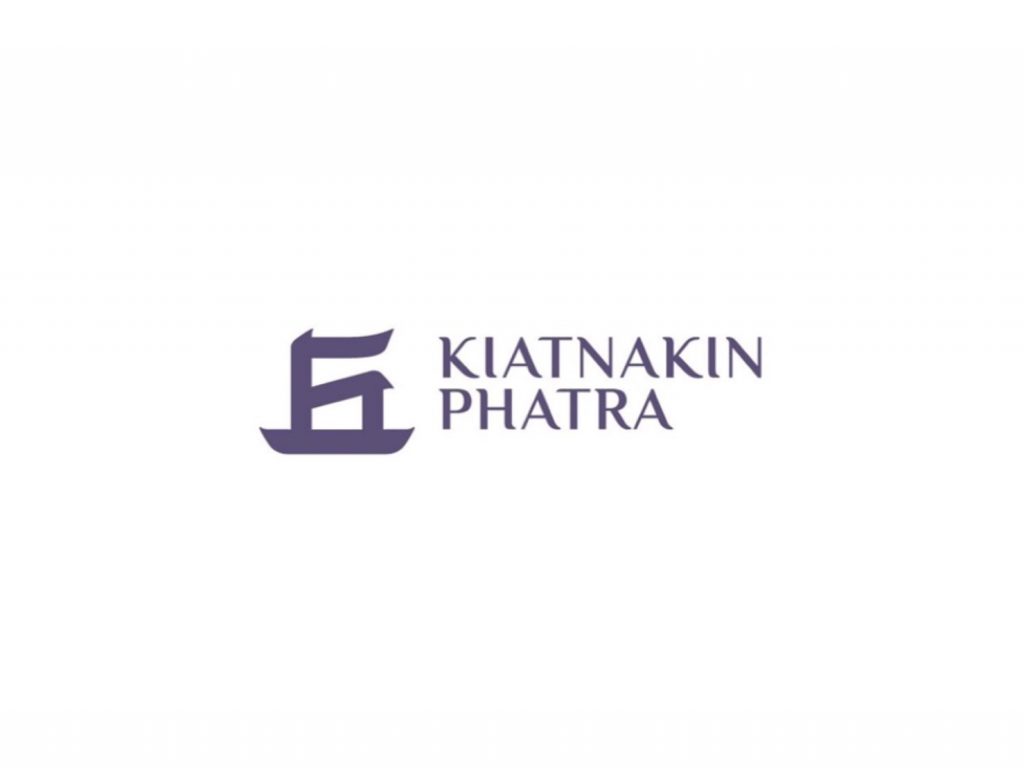
Kiatnakin Phatra Financial Group (KKP) announces business directions for 2022 with the aim of becoming a financial institution with excellent performance. Banking business is set to grow loan portfolio by 12 percent, especially auto hire purchase loans and consumer loans, while capital markets business will expand wealth management services to attract the mass affluent through KKP Edge and penetrate digital financial services through Dime, KKP’s newly established fintech. Operating results in 2021 exceeded target with a profit growth of 23 percent and comprehensive income growth of 31 percent

Mr. Aphinant Klewpatinond, Chief Executive Officer, Kiatnakin Phatra Financial Group, revealed that in 2022 KKP will continue to pursue excellence in performance. It will focus on strengthening and developing core businesses, including commercial banking and capital markets, to diversify income sources and sustain business opportunities during the COVID-19 pandemic. Targets set for some the core businesses in 2022 are as follows:
Loan Business: To grow loan portfolio by 12 percent, especially auto hire purchase loans, consumer loans, and bancassurance associated with credits. In addition, KKP will rethink branch layouts and services to meet the needs of customers in the digital age.
Wealth Management: To leverage existing platforms, products, and services developed over the past year, such as Mandate global investment service and KKP-SGAA flagship fund. Moreover, KKP will expand its mass affluent customer base through KKP Edge that integrates digital technologies and processes to provide more inclusive access to investment products offered by KKP with a lower investment threshold.
Digital Financial Services: To leverage Thailand’s digital infrastructure to make services more accessible to retail customers through the Dime platform, as well as continually developing the KKP Mobile Application to meet all financial needs of customers in the digital age.
“KKP was able to deliver satisfactory performance in 2021. Bank loans grew by 16.5 percent, while the overall situation of customers affected by COVID-19 has improved. Capital markets segment made record profits from securities brokerage business which held the largest market share of 14 percent. Wealth management increased assets under advice (AUA) to THB 734 billion, while investment banking generated considerable revenue from large transaction, such as from IPOs of PTTOR and TIDLOR.
With respect to further details on commercial banking, overall, bank loans grew considerably, especially collateralized retail loans including auto hire purchase loans (up by more than 20 percent), home loans (up by 40 percent), and corporate loans (up by 30 percent). We will continue to focus on managing the existing asset portfolio while offering new loans in the quality segment. This will be conducted in parallel with assistance to customers affected by COVID-19 through appropriate relief programs and maintaining of sufficient allowance for expected credit losses.” said Mr. Aphinant.
Mr. Preecha Techarungchaikul, Head of Finance and Budgeting, Kiatnakin Phatra Bank Public Company Limited, commented on financial information, “KKP had a net profit of THB 6,318 million, up by 23.3 percent from 2020, while the comprehensive income totaled 7,069 million, or 30.5 percent increase YOY. Net profit from the capital market businesses was THB 1,817 million, while the comprehensive income from the capital market businesses totaled THB 2,765 million. Total allowance for expected credit losses in 2021 remained high compared to 2020 with an NPL coverage ratio of 175.1 percent. The bank also saw an increase in both net interest and non-interest incomes. Net interest income amounted to THB 15,701 million, up by 7.0 percent, while non-interest income was THB 8,545 million, up by 30.4 percent from 2020. The bank had a BIS ratio of 17.33 percent, which was calculated according to the Basel III rules and included profits up to the end of 2021, and Common Equity Tier 1 of 13.55 percent.”
KKP estimates GDP growth of 3.9% in the second half of 2022 but inflation and baht fluctuation risks may affect lives and businesses

Mr. Pipat Luengnaruemitchai, Chief Economist, KKP Research, Kiatnakin Phatra Securities Public Company Limited revealed the results of economic analysis conducted by Kiatnakin Phatra Securities that Thai economy in 2022 is expected to recover as economic activities likely to return to normal gradually despite some uncertainty. Omicron impact could be felt in short duration and may hold back the country’s economic and tourism recovery; however, the pace should pick up as things start to return to normal. Economic growth in 2022 is projected at 3.9%, assuming 5.8 million foreign tourists visiting the country.
Here are thetrends andrisk factors to watch out for in 2022.
Trend 1: COVID-19 currently affecting the public health and economy should gradually become endemic. The increasing vaccination rates at home and abroad will not only reduce severe infection cases but also mitigate the impact of the outbreak, allowing the economy to gradually return to normal.
Trend 2: Global liquidity is shrinking and global interest rates are rising as global inflationary pressures climb higher than expected, forcing major central banks, especially the US Federal Reserve, to withdraw economic stimulus and adjust policy interest rates, which will affect investments, financial costs, capital flows, and exchange rates around the world including Thailand.
Trend 3: Thailand may lag behind global economic recovery. However, the recovery should pick up the pace in the second half of this year, albeit with some uncertainty and uneven distribution, as domestic demand returns to normal and there is a return of foreign tourists.
Moreover, inflation in Thailand may rise to reach 3.5 percent in the first quarter due to surging energy costs and food prices, which would affect livelihood, especially low-income earners. In terms of monetary policy, the Bank of Thailand is likely to prioritize economic recovery over inflation and keep policy interest rates unchanged throughout the year. Differential between domestic and foreign interest rates will cause the baht to become more volatile, especially during a period of current account deficit.
The three major risks are:
Risk 1: The spread and mutations of Coronavirus may cause a new wave of outbreak, affecting economic recovery and tourism
Risk 2: China’s economic slowdown from real estate sector problem and epidemic containment measure may affect global economic recovery and Thai economy, especially in exports, and
Risk 3: If inflation would not go down as anticipated, central banks around the world may be forced to raise interest rates and withdraw stimulus more than anticipated, which would subsequently affect economic recovery. We also need to keep a close eye on geopolitical issues that may drive a further surge in oil prices and pressure global inflation.







